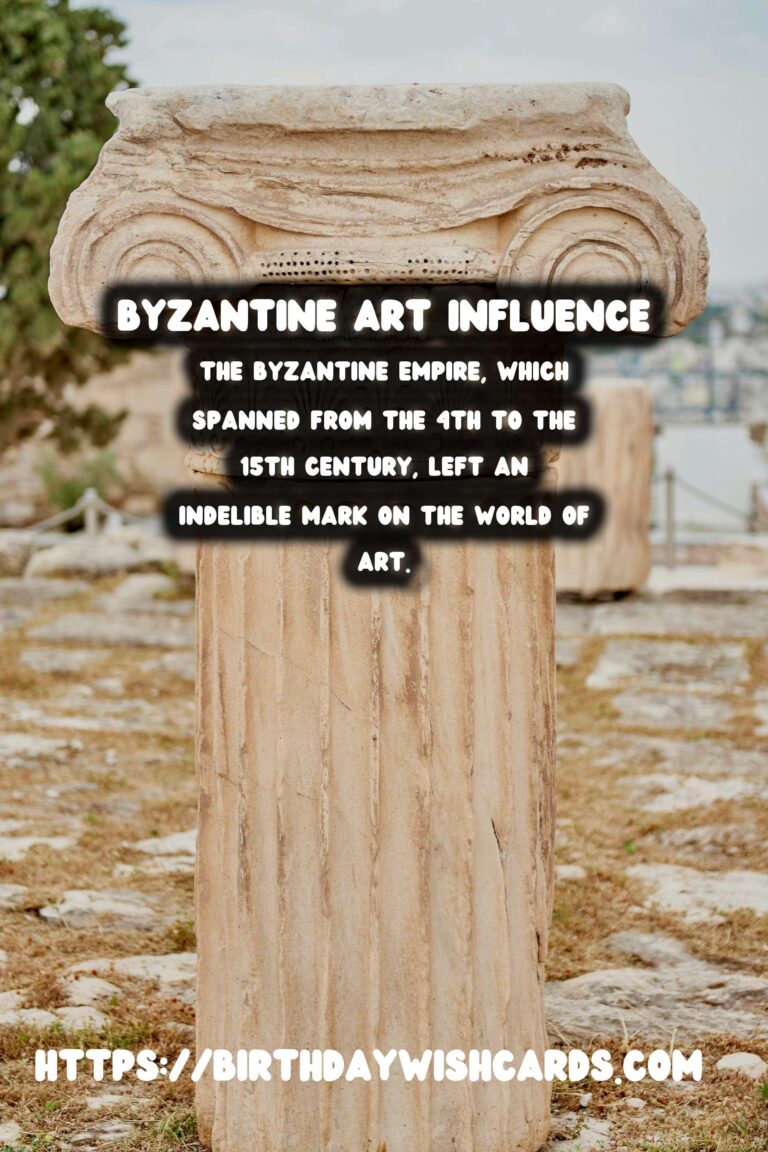
The Byzantine Empire, which spanned from the 4th to the 15th century, left an indelible mark on the world of art. Famed for its unique synthesis of classical Greek, Roman, and Christian art, the Byzantine artistic tradition influenced cultures across Europe and the Middle East.
A New Artistic Language
The emergence of Byzantine art signified a shift away from the naturalism of the Greco-Roman tradition towards a more abstract and symbolic style. Mosaics, frescoes, and icons became the hallmark of Byzantine expression. This new artistic language prioritized spiritual representation over realistic portrayal, seeking to convey religious truths.
Mosaics: Crafting Eternal Visions
Mosaics were quintessential in Byzantine art, often adorning the walls and ceilings of churches. These artworks comprised tiny tiles or pieces of colored glass that created elaborate images of religious figures and scenes. The renowned mosaics of Hagia Sophia in Istanbul are prime examples of this technique, depicting Christ Pantocrator and other holy figures in resplendent glory.
The Role of Iconography
Byzantine icons are among the most enduring legacies of the empire’s art. Painted on panels, these icons were considered windows to the divine. Highly regulated by religious rules, iconography adhered to a canonical style emphasizing solemnity and sanctity. The use of gold backgrounds further imbued these images with a sense of sacred eternity.
Impact on Religious Art Across Cultures
As Byzantine art spread, it influenced Eastern Orthodox, Western medieval, and Islamic cultures. The Crusades and trade routes facilitated this exchange of artistic knowledge, leaving a lasting impression on Romanesque and Gothic styles in Europe, as well as the development of Islamic art during the early Islamic period and the rise of the Ottoman Empire.
The Legacy of Byzantine Art in the Modern Era
Byzantine art continues to inspire contemporary artists and architects. Its profound effect reshaped religious and secular art, leaving a legacy that transcends its historical time frame. The revival of Byzantinism in modern art and architecture testifies to its enduring appeal, easily visible in the Arts and Crafts Movement and 20th-century modernism.
To sum up, the art of the Byzantine Empire echoes through time with its unmatched brilliance and spiritual depth. By embracing a distinct visual language, Byzantine artists forged a legacy that has profoundly influenced art history, resonating well into the modern age.
The Byzantine Empire, which spanned from the 4th to the 15th century, left an indelible mark on the world of art. Mosaics, frescoes, and icons became the hallmark of Byzantine expression. 
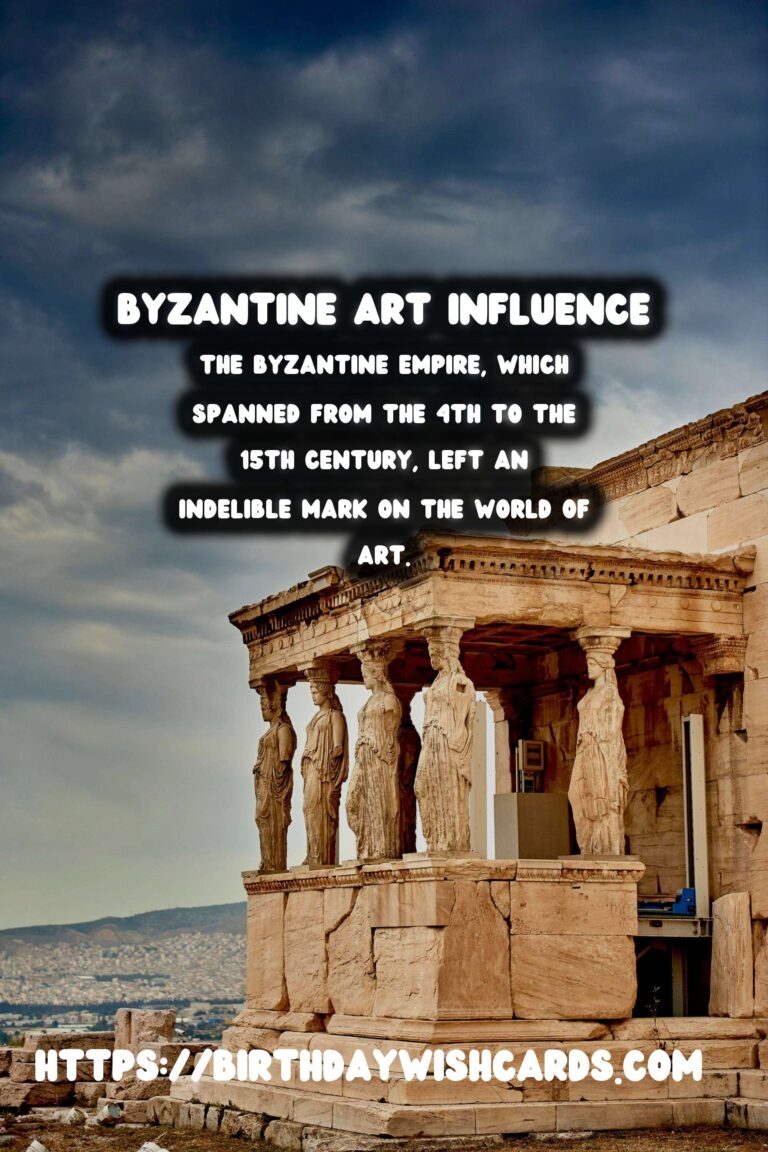
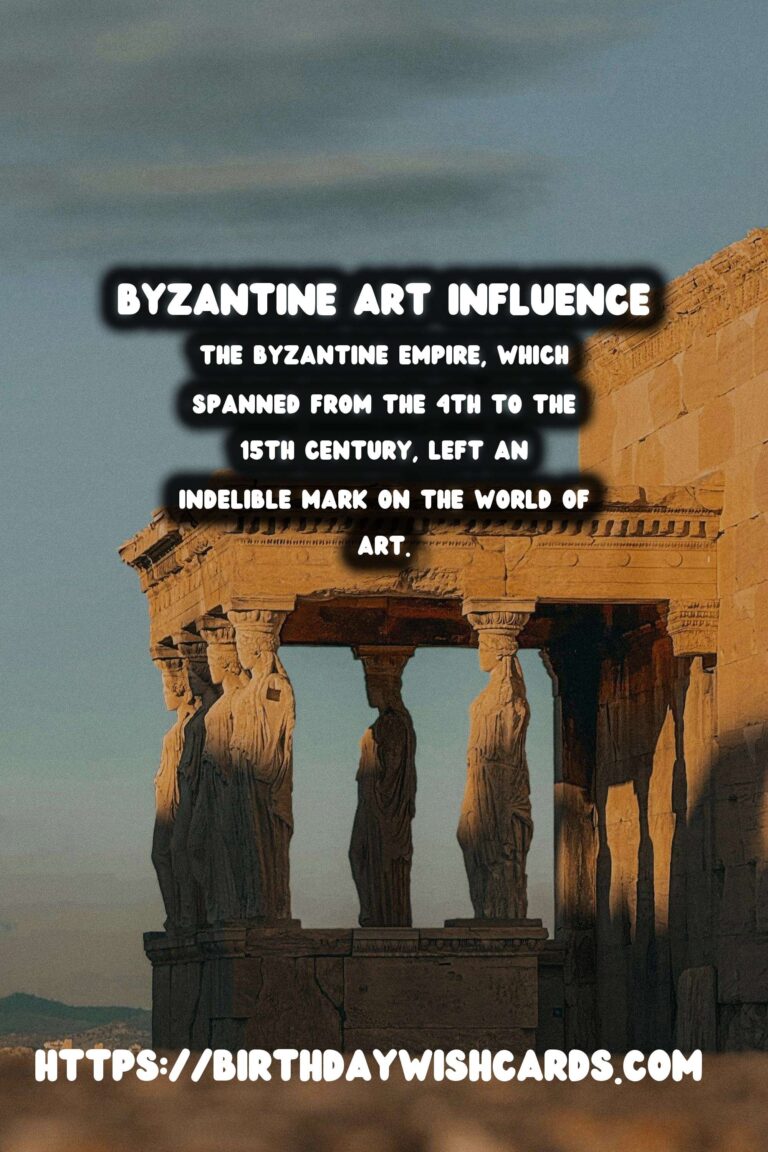
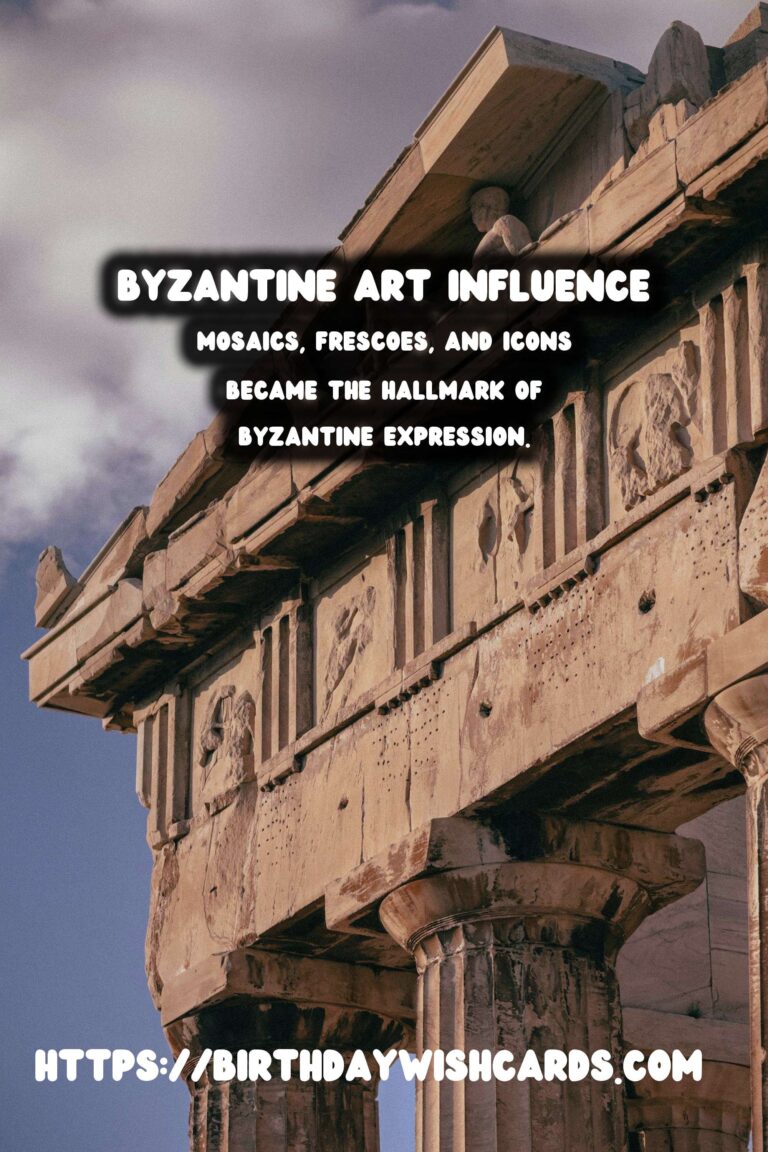
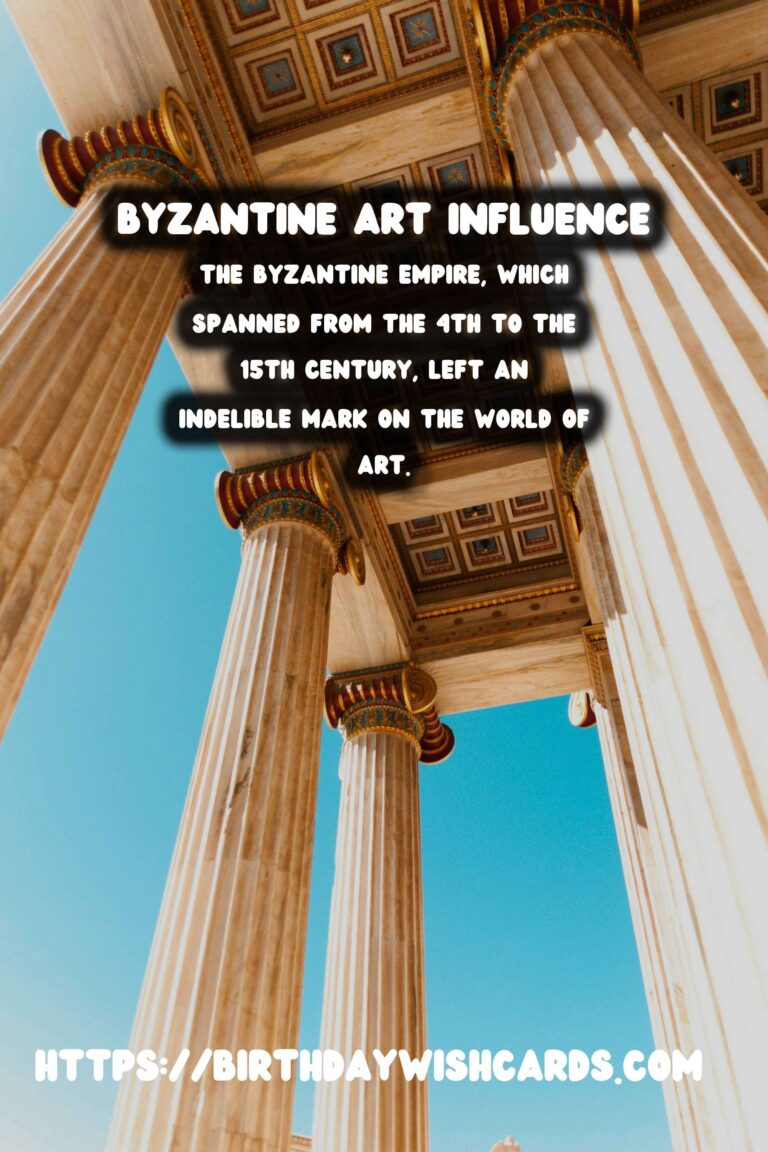
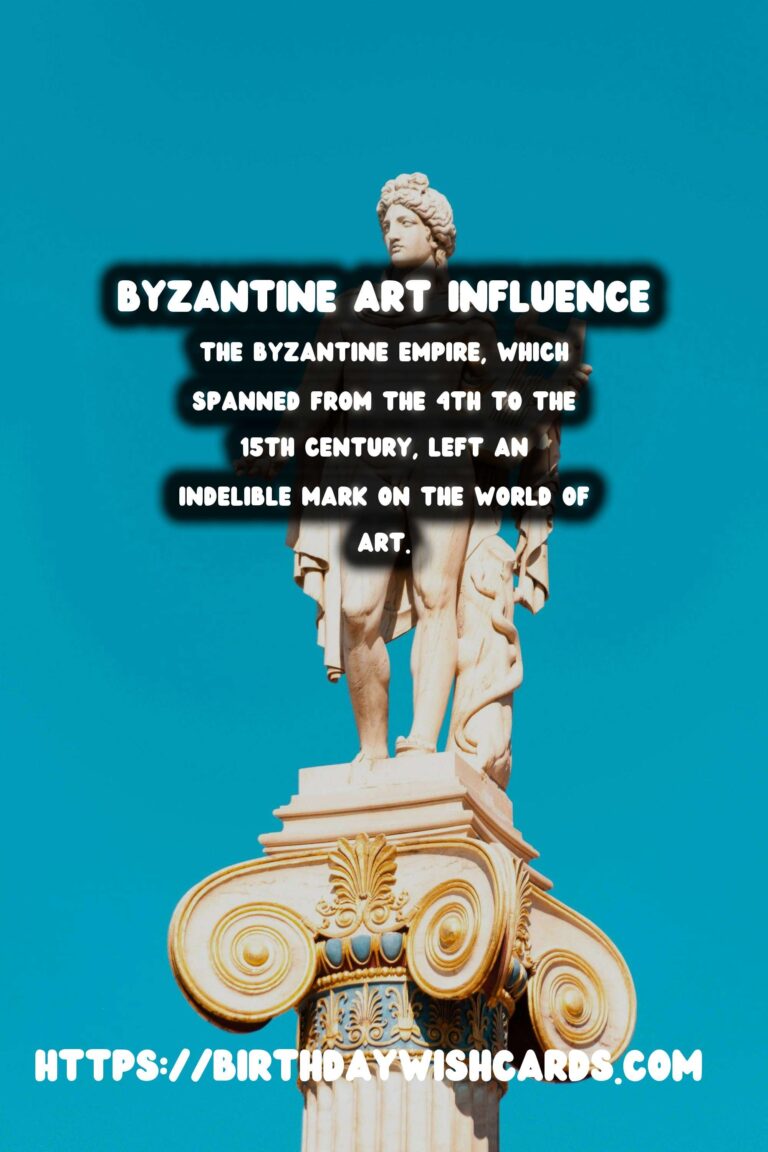
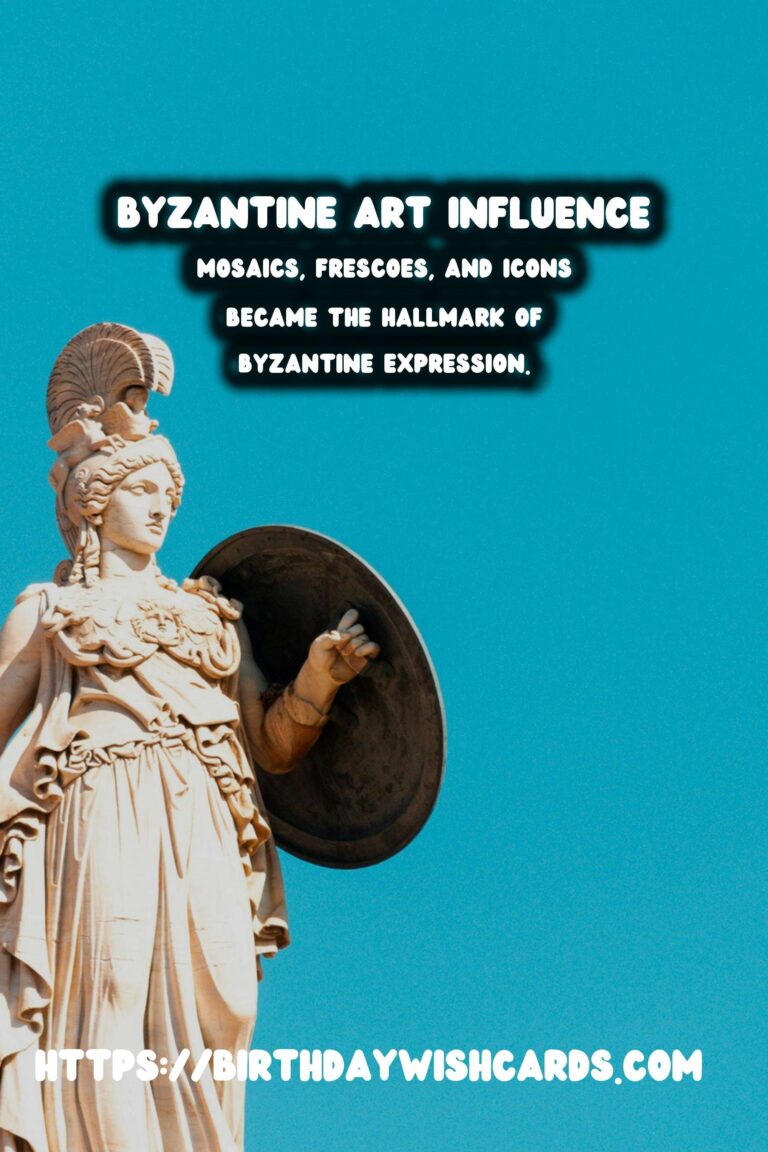
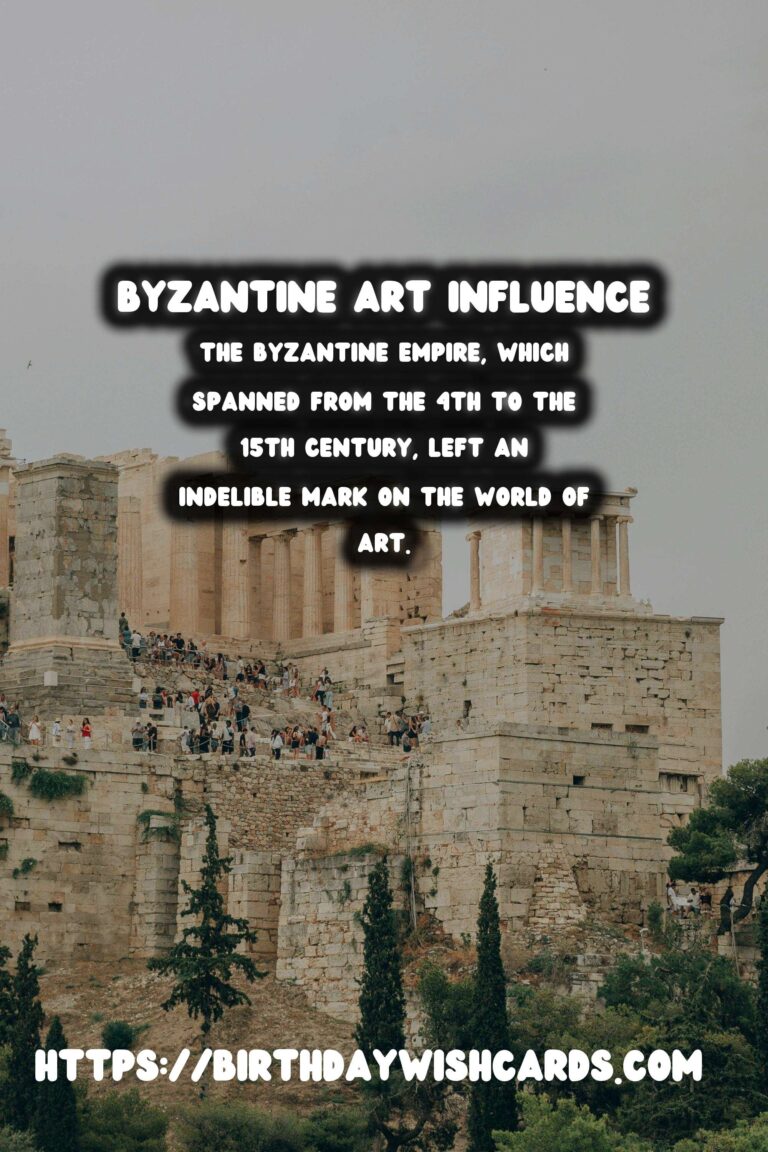
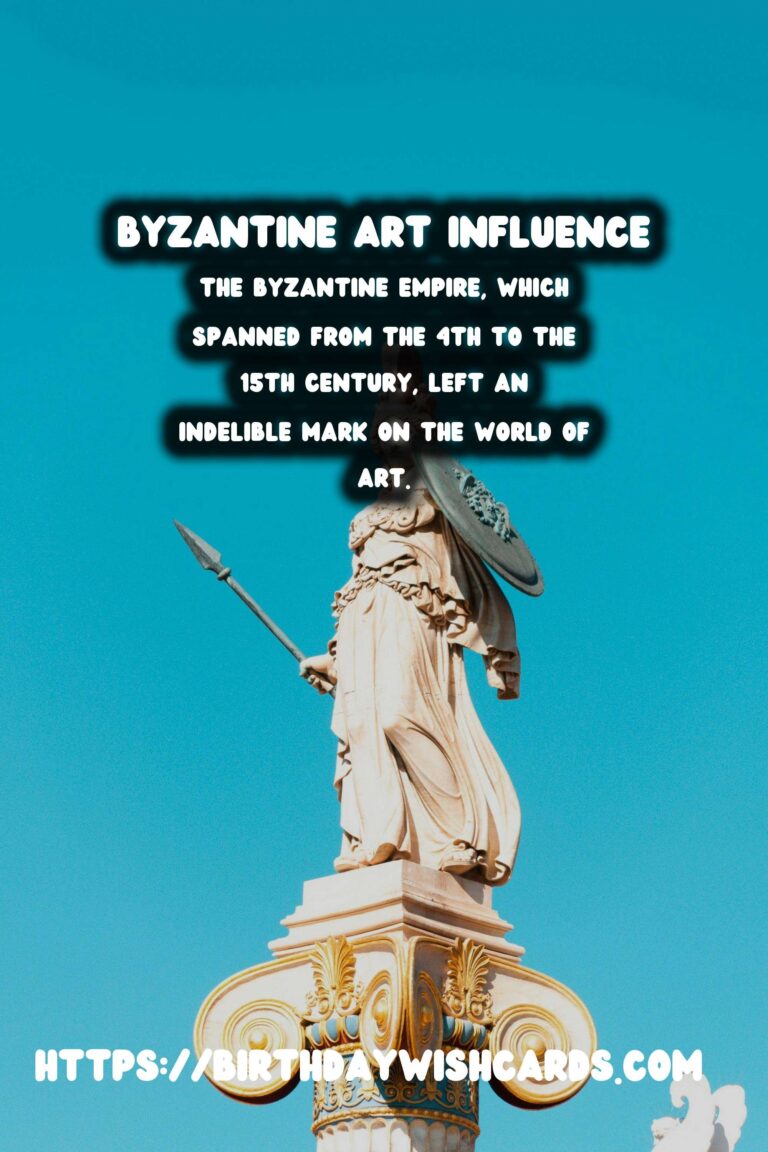
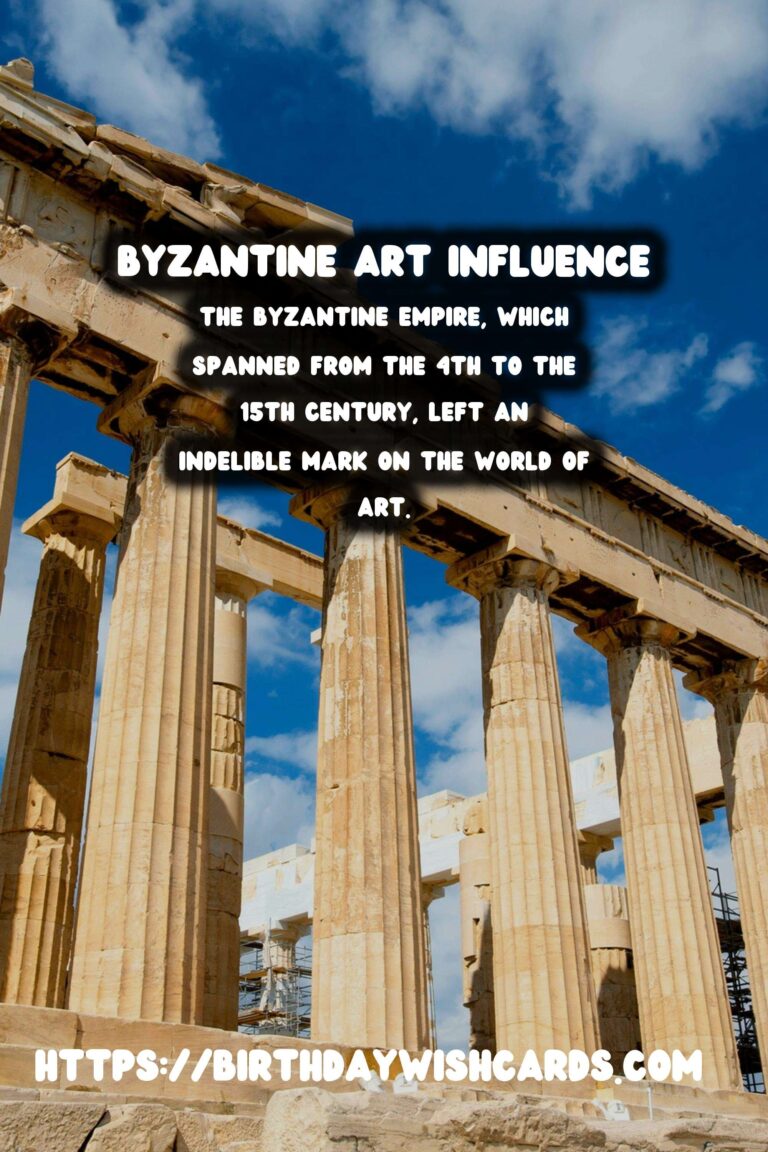
#ByzantineArt #ArtHistory



